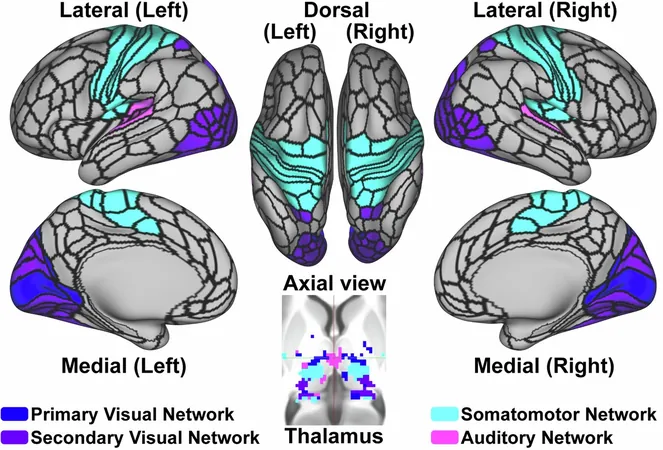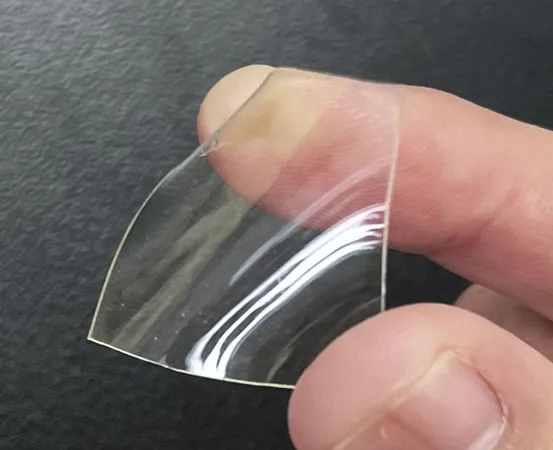
Revolutionary Discovery: New Biomarker May Transform Psychosis Diagnosis
2024-11-25
Author: Siti
Imagine a world where psychosis could be detected before any symptoms show up. Researchers at the Del Monte Institute for Neuroscience at the University of Rochester are on the brink of making this a reality with a potential new biomarker found in the brain. This groundbreaking discovery could drastically change how we approach the diagnosis and treatment of psychosis.
Dr. Brian Keane, an assistant professor of Psychiatry, recently co-authored a pivotal study published in *Molecular Psychiatry* that sheds light on this promising biomarker derived from advanced MRI scans. "Establishing such biomarkers could provide a key step in changing how we care for, treat, and offer interventions to people with psychosis," Keane emphasized.
The basis of this research comes from data collected by the Human Connectome Early Psychosis Project, which examined MRI scans from 159 participants. Among them were 105 individuals who had developed psychotic disorders as recently as five years before their scans. The findings revealed that the sensory regions of the brain in these patients demonstrated altered connectivity—specifically, they were less connected to one another than to the thalamus, which serves as the central hub for processing sensory information.
The researchers meticulously focused on two critical areas: the somatomotor network, responsible for bodily movements and sensations, and the visual network, which interprets complex images and faces. By analyzing the dysconnectivity patterns between these networks, they successfully developed a "somato-visual" biomarker that holds immense potential.
Past research has long indicated that individuals with schizophrenia exhibit abnormal brain connectivity within their sensory networks. However, this study has taken a significant step forward by identifying specific networks involved and ruling out confounding factors such as medication effects, anxiety, or stress.
“What sets this biomarker apart is its impressive effect size, resilience against a range of common confounds, and its remarkable reliability across multiple scans. We may be able to predict, based on a single five-minute scan, which at-risk individuals are likely to develop a psychotic disorder,” said Keane. “This could revolutionize the timing of treatments and interventions, allowing healthcare providers to respond far more effectively.”
The next steps for researchers will be to investigate whether this somato-visual biomarker is present before the onset of psychosis or develops concurrently. As the exploration continues, this groundbreaking research may pave the way for personalized treatment options and earlier intervention strategies, potentially saving countless individuals from the devastating impacts of psychosis.
This exciting discovery not only brings hope to patients and families affected by psychosis but could also usher in a new era in mental health diagnostics and treatment methodologies. With the stakes this high, the medical community eagerly awaits further revelations from these pioneering studies.




 Brasil (PT)
Brasil (PT)
 Canada (EN)
Canada (EN)
 Chile (ES)
Chile (ES)
 España (ES)
España (ES)
 France (FR)
France (FR)
 Hong Kong (EN)
Hong Kong (EN)
 Italia (IT)
Italia (IT)
 日本 (JA)
日本 (JA)
 Magyarország (HU)
Magyarország (HU)
 Norge (NO)
Norge (NO)
 Polska (PL)
Polska (PL)
 Schweiz (DE)
Schweiz (DE)
 Singapore (EN)
Singapore (EN)
 Sverige (SV)
Sverige (SV)
 Suomi (FI)
Suomi (FI)
 Türkiye (TR)
Türkiye (TR)